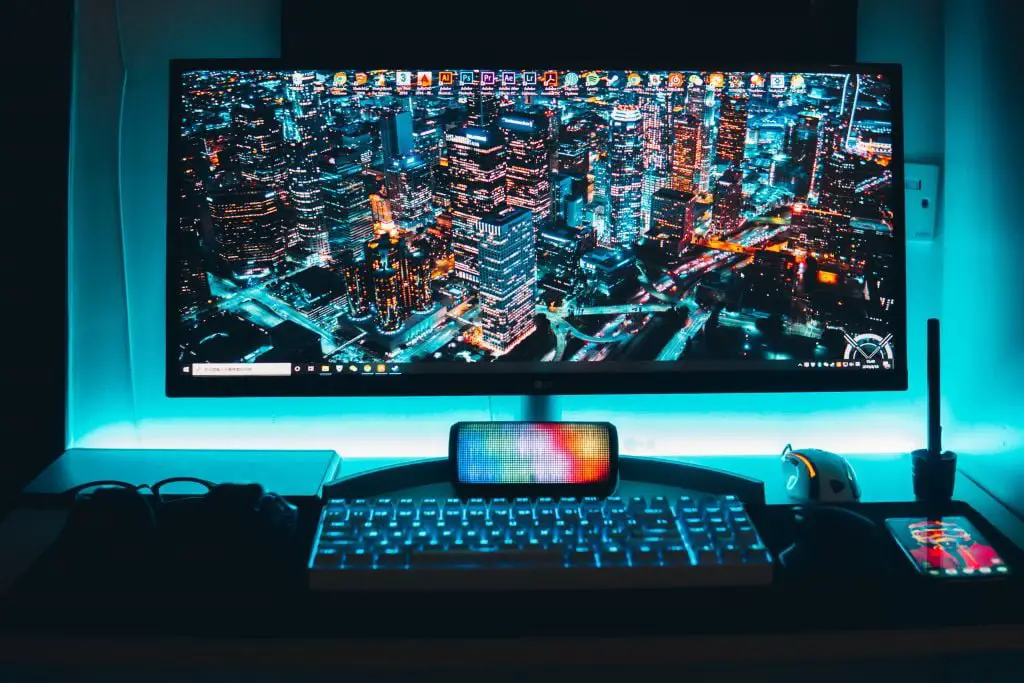


Use your window manager to make the window full screen (In KDE, right-click on the title bar, hover over ‘Advanced’ and click ‘Fullscreen’. You can also use a shortcut key, if configured. Set the game’s resolution to your desktop’s exact resolution.Ĥ. For many Linux games, this might involve editing the configuration file, usually found in ~/.game-name/Ģ. Unfortunately, there is no one solution for all three situations, but there are a few ways to fix them, depending on your preferences.Īlthough this may seem like more of a workaround, you can actually have a game run in a window and then turn that window into a fullscreen one. The game maximizes on one screen, but it is not the screen you want to use.


One screen goes dark, and the other screen displays the game correctly. This may be found for many users.ģ. The game takes over both monitors and stretches the images over both.Ģ. When running a game, either as a native Linux application or through Wine, you have probably encountered one of these situations:ġ. This brief guide to various types of games you can run in Linux on a dual-monitor system is based on my experience with an Nvidia 3D graphics card and the accompanying proprietary drivers. Nevertheless, most of it will apply to all 3D graphics cards. This guide also assumes that you already have your dual-monitor setup functioning by utilizing Xinerama, TwinView, XRandR, or some other method. This does not apply to dual-monitor setups that use separate Xorg instances for each monitor. Native Linux games are typically better at supporting the computer’s default resolution without much tweaking, but the way it handles fullscreen display on a a dual-monitor system depends on the game engine employed.Īfter about an hour of trying to configure all of your games, you might very well find yourself drowning in sea of techno-babble and configuration files. But have no fear, MakeTechEasier has come to your rescue yet again. As with all operating systems, the way a Linux game behaves on a computer is largely dependent on the design of the game, the graphics hardware and drivers the user has, and the settings one chooses.


 0 kommentar(er)
0 kommentar(er)
